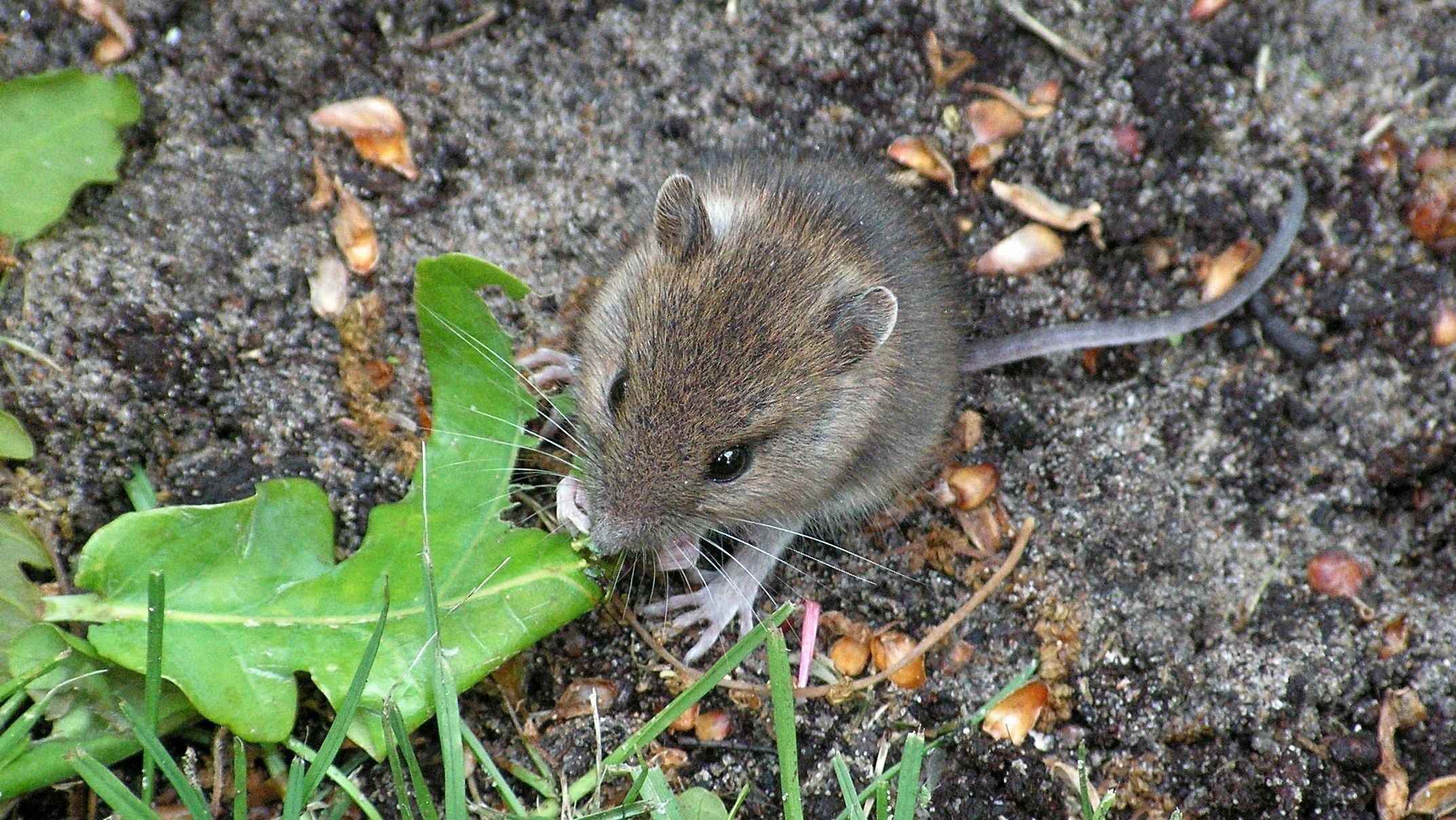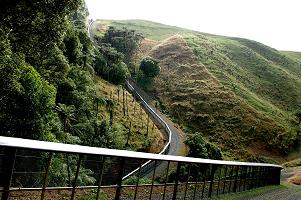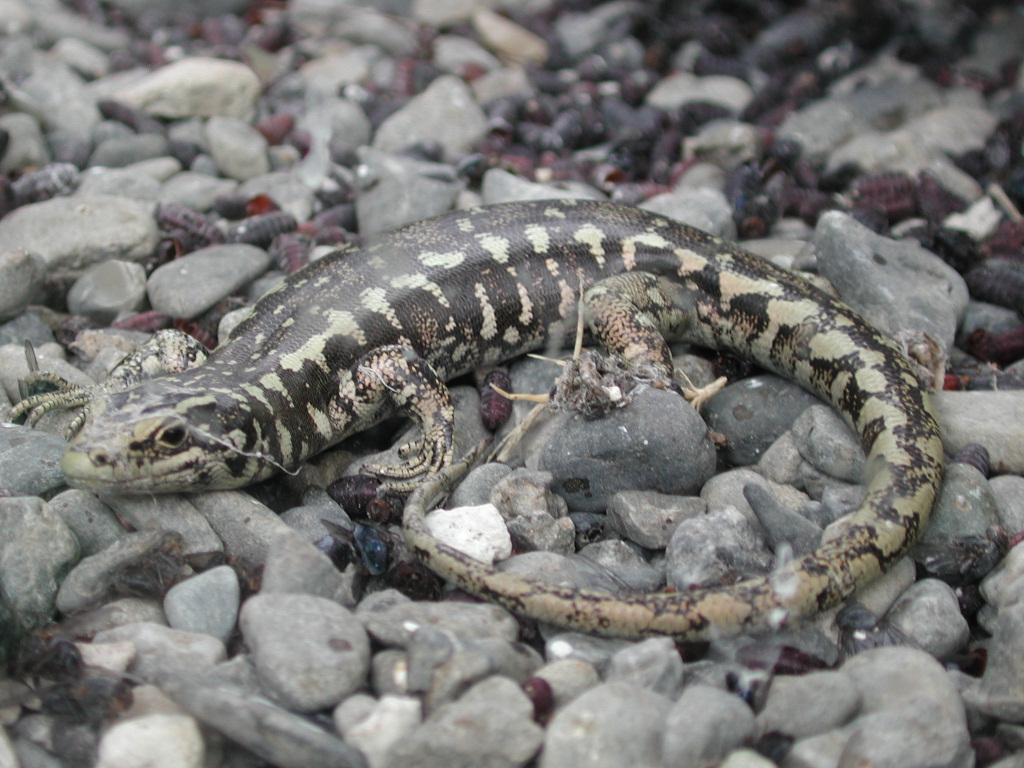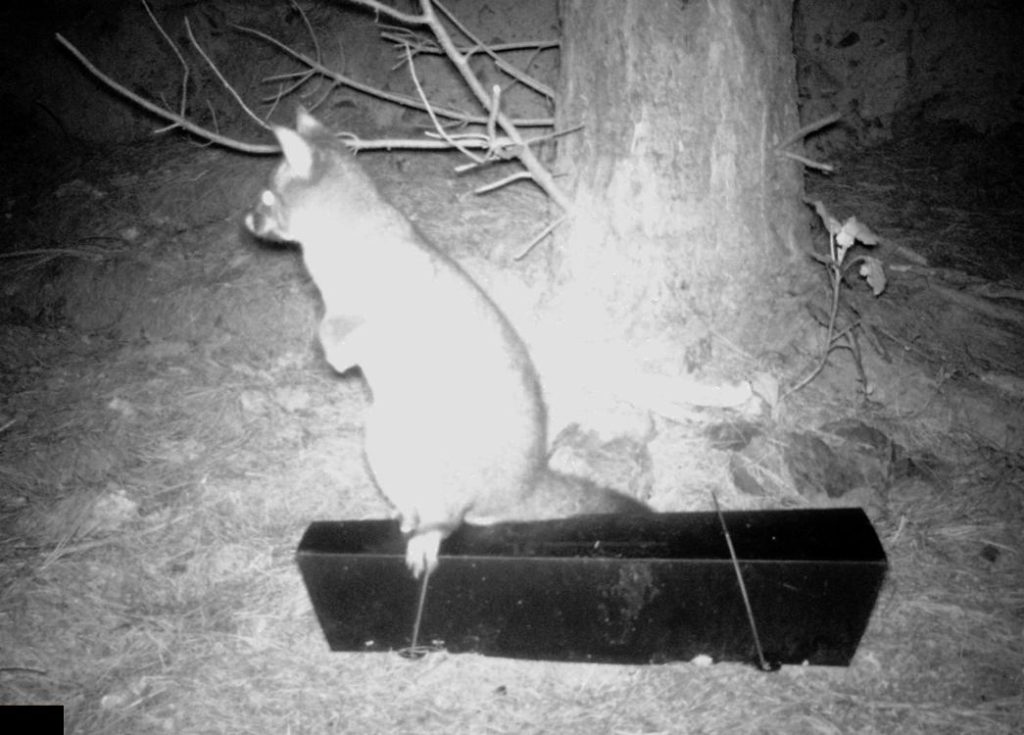Many of NZ’s introduced mammal predators – including house mice – are good at climbing trees. To understand the impact they have on tree-nesting birds and other tree-living wildlife, we need to learn more about how predators use vegetation compared with the ground.

Mice aren’t commonly found in trees, for example, but that changes in a fenced sanctuary situation when the mouse’s bigger rivals (which also prey on mice) aren’t around.
John Innes, Catherine Kelly, Neil Fitzgerald, Morgan Warnock and Joseph Waas investigate the arboreal behaviour of mice, rats and possums and how best to detect them in research published recently in the New Zealand Journal of Zoology. As part of their study, they also invented their own, small, monitoring device.
“Determining pest mammal impacts and abundance in forests requires an understanding of how target species use vegetation compared with the ground. We used a novel device combining footprint tracking with bite detection to survey for mammals at four levels in New Zealand forests that had house mice alone, and all widespread New Zealand mammals, including house mice, ship rats (Rattus rattus) and brushtail possums.”
The study was carried out in and around Waikato’s Maungatautari Ecosanctuary.

“Study sites were three forest reserves in the central Waikato region, New Zealand. Our two ‘mouse alone’ study sites were part of the Maungatautari sanctuary project, a 3400 ha, pest-fenced sanctuary from which all mammals except mice were eradicated in November 2006. We studied mouse climbing inside the main reserve, and also in a small (17 ha), private, separately pest-fenced area (the Garland block) adjacent to the main reserve. Mice have not been controlled at Maungatautari since 2012, while in the Garland block mice were uncontrolled between August 2009 and August 2013, including our study time. The ‘all mammals present’ study site was in the eastern lobe of the Te Tapui reserve, known as ‘Te Tapui B’, where no pest mammal control had been undertaken since an aerial 1080 operation in 2013.”
While mice don’t appear to be hanging out in the canopy of our forests, they did manage to get pretty high in the mouse-only sanctuary situation.
“When alone, house mice were detected at 93%, 35%, 17% and 0% of devices on the ground, in shrubs, in the subcanopy and canopy, respectively, but in a pilot study at one site were detected 11 metres above ground.”
Climbing 11 metres is pretty impressive for a mouse and just goes to show how far they are capable of reaching. What’s more, not all of a mouse’s potential prey is as small as they are, as other studies of mouse predation have shown.

“Although they are small, mice can attack prey as large as adult Otago skinks (30 cm length), and if abundant can significantly reduce invertebrate biomass in New Zealand forests. Mouse populations may increase greatly after seed masting of alpine snow tussock grass \ or southern beech trees and also when their mammalian predators and competitors are reduced or entirely removed by eradications from mainland sanctuaries.”
Outside fenced sanctuaries, mice are themselves eaten by many other introduced mammal predators
“Mice are frequent prey of stoats, weasels, cats and probably also of ship rats and Norway rats. Therefore mice are likely to become both more abundant and more detectable if these predators are absent. Mice frequently either escape eradication from—or repeatedly reinvade—pest-fenced sanctuaries in New Zealand, and typically remain at higher density inside the sanctuaries than outside.”
So predation by mice does matter – particularly in a fenced sanctuary situation where absence of many of their own predators means mice are more likely to be found both up trees and on the ground. Outside of the sanctuary, mice weren’t detected up trees – perhaps because several of their predators were up in the branches.
“When all small pest mammals were present, house mice were scarce and none were detected up trees. Ship rats and possums were detected mostly on the ground, but also at all surveyed heights.”
So do we need to trap in trees as well as on the ground? The researchers don’t think so.

“The study confirms that mice, ship rats and possums are all potential above-ground predators, but suggests that targeting them for control and monitoring can reasonably be undertaken on the ground. In New Zealand, ship rats and brushtail possums are typically or frequently arboreal although they travel often enough on the ground to be effectively controlled and monitored with devices set there. Stoats are also excellent climbers and can ‘ … climb trees with ease, even to great heights, and run down again head first’. Domestic and feral cats are larger and less agile climbers than stoats, but are known to be predators of tree-nesting birds. Norway rats and hedgehogs are predominantly ground-dwelling but both species can climb.”
So what does this mean for sanctuary managers?
“This research showed that, in the absence of other mammals, house mice frequently climbed trees, to human head height (shrub level) and occasionally much further. The similar distribution of mouse detections between inner and outer branches of subcanopy trees suggests that mice may move freely across tree architecture. Being small and light (mean weight about 20 grams) means that they could climb on quite thin branches without them bending unduly.”
Both seeds in trees (including seeds of climbing vines and epiphytes) and invertebrates are likely to be eaten by tree-climbing mice and possibly lizards, small birds’ eggs or even chicks.
“Mice are capable of eating small bird eggs, up to c. 30 mm in length in one artificial nest study. To learn if mice prey on eggs at real nests we recommend that nest predation studies be undertaken in pest-fenced sanctuaries such as Maungatautari where mice are abundant, and on small birds that nest low in the forest structure, such as fantails. The widespread presence and high abundance of rats, mustelids and cats outside sanctuaries ensures that mice are generally scarce in podocarp-broadleaved forests, and in beech forests mice are abundant only after masting. Some studies looking at identity of nest predators undertaken so far in mainland New Zealand forests have been done at sites where few mice were, limiting the probability that mice would be recognised as nest predators, if they are.”
Outside rat-free sanctuaries, there are few places that a ship rat can’t climb.
“The study confirms the well-known tree climbing ability of ship rats and reinforces previous studies that suggest there are few safe refuges against rodent predation for fauna in trees, unless it is in small crevices that rodents cannot fit into.”
And finally, some more about that monitoring device invented by the research team.
“The small monitoring device that we invented for this research was practical for mice and ship rats because both species were small enough to walk through it and leave tracks, whereas the larger possums could be detected only by bite marks in the wax chew tag. Our device has a key advantage over conventional tracking tunnels as it is effective regardless of its final angle of repose in the tree, which made placing it at different heights comparatively easy and rapid. It may be suitable for other species such as wētā , alongside camera and (for mammals) hair tubes.”
The full research report is published in the New Zealand Journal of Zoology. Only the abstract is freely available online to non-subscribers, but public libraries may be able to access the journal for those interested in reading more.

